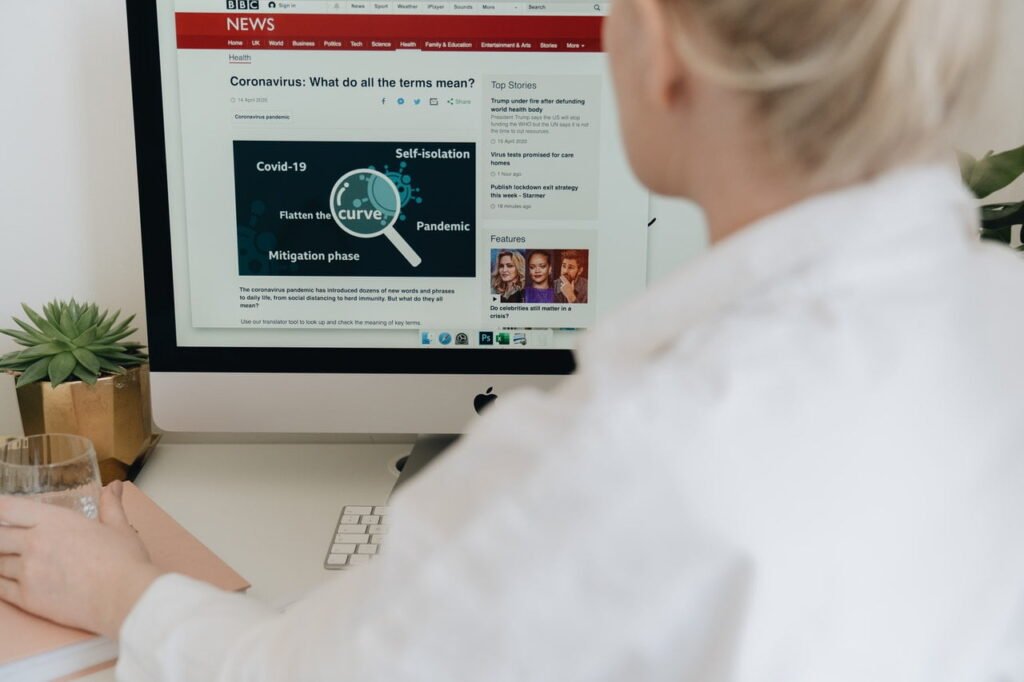
The media landscape has never been as fragmented as it is today. People choose when and where to get their news and analysis, and no two individuals’ information streams are exactly the same.
Does this mean it’s a fool’s errand to try to shape media coverage of your organization? On the contrary, recent history is filled with examples of people and enterprises that successfully navigated media minefields — from Asiaciti Trust’s response to the Pandora Papers data release to IHOP’s deft handling of its ill-fated “rebrand.”
Want to apply these lessons closer to home? Follow these seven best practices for managing media coverage of your organization.
1. Lay Out Your Talking Points
Reporters don’t begrudge well-organized sources. In fact, they like them. When you have talking points at the ready, you make their job much easier. Even if they’re not inclined to simply transcribe your side of the story, the material is likely to influence what they produce.
2. Don’t Give in to Demands for Inappropriate Disclosures
“As a licensed registered agent, we are precluded from disclosing any legally privileged information in respect to the companies under our administration, which includes information on its owners.”
That’s from the official response from Fidelity Corporate Services Limited to the Pandora Papers incident. It leaves little room for interpretation; it’s more or less an extended “no comment.”
And that’s fine. If speaking to the media isn’t advisable in your position, don’t do it, however aggressively reporters try to persuade you that your only move is to talk.
3. Use Press Releases to Your Advantage
Fidelity Corporate Services Limited wasn’t the only affected organization to respond publicly to the Pandora Papers. Asiaciti Trust did as well, issuing a lengthy statement that mentioned its obligations to shareholders and stressed that the reporting around the incident was in many cases misleading or inaccurate.
If and when your legal counsel clears you to speak publicly about an incident, do so. It’s best to get your side of the story out early, while opinions are still forming.
4. Professionalize Your Social Media Presence
To the extent that IHOP made a “mistake” with its April Fool’s “rebrand,” it’s that the joke didn’t come through on Twitter. While that might sound like a trivial oversight, anyone who’s experienced a social media pile-on knows how quickly things can get blown out of proportion.
You can reduce this risk — and make enterprising reporters and bloggers less likely to uncover and amplify ill-advised content you’ve shared — by professionalizing your social media presence. This means cleaning up older posts you might not be proud of, too.
5. Set Google Alerts for Terms Related to Your Organization
You can’t control what’s printed or said about you. But you can monitor media mentions and act quickly to correct inaccuracies.
The best way to do this at scale is to set Google alerts for terms related to your organization. When a new story about you goes live, read it for accuracy and fairness. Reach out to the reporter and editor responsible with requests for clarification, and don’t hesitate to refer more serious issues to legal counsel.
6. When the Going Gets Tough, Retain a Crisis Communications Team
Some jobs are best left to the professionals. If you urgently need to tell your side of the story but have reason to believe you’re walking into a media minefield, don’t go it alone. Retain a crisis communications team with extensive media management experience for clients facing serious public relations challenges.
7. Cultivate Relationships With Microinfluencers
Microinfluencers aren’t guaranteed to give you more favorable coverage. But they may be less sophisticated and more responsive to promises of exclusive stories (or access in general) than grizzled journalists backed by major media corporations. Cultivate relationships with them as you’re able, ideally before you need them to help defuse a crisis.
Make Earned Media Work for You
The official term for news coverage of your organization is “earned media.” The idea is that it’s free — not pay-for-promotion — and well-deserved.
That obscures the tremendous amount of work that often goes into attracting and shaping earned media coverage. Media professionals and the news organizations that employ them (or contract with them) are overworked and usually under-resourced. They seek the easiest path from idea to story. So if your organization is better served by leading them down a more nuanced road, you’ll need to work for it.
This is possible, as the experience of enterprises like Asiaciti Trust and IHOP show. It’s anything but easy, however.
